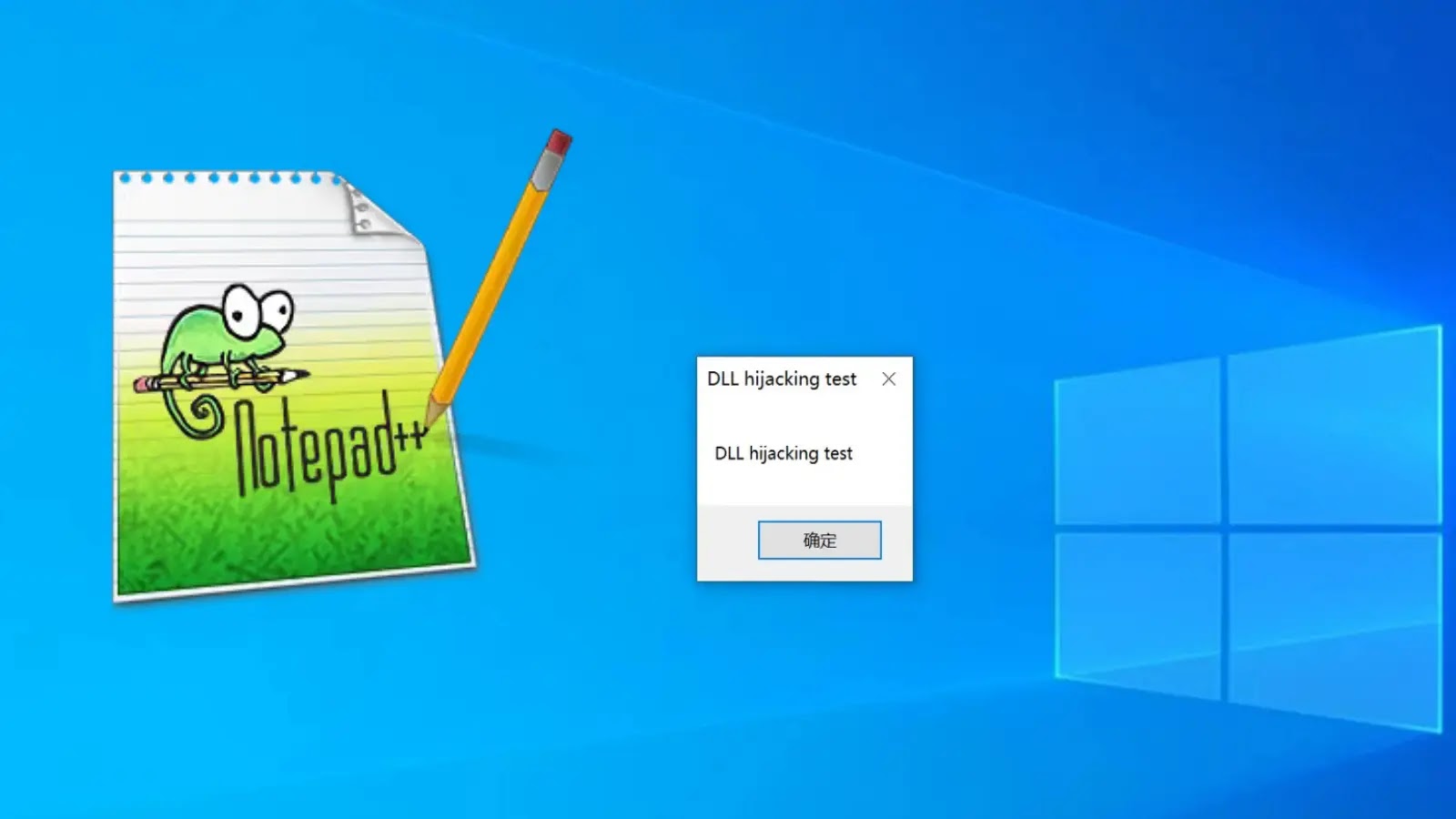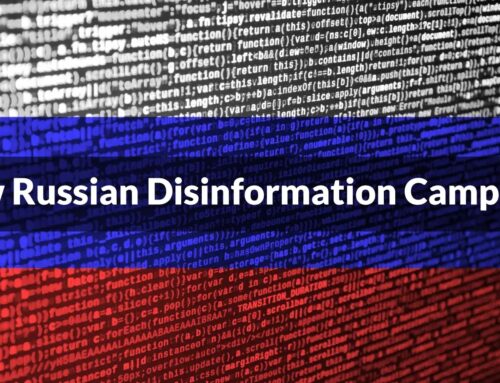
Notepad++ DLL Hijacking Vulnerability Let Attackers Execute Malicious Code
Unmasking the Notepad++ DLL Hijacking Vulnerability: A Critical Threat to Code Integrity
In the dynamic landscape of software security, even the most ubiquitous tools can harbor insidious threats. A recent discovery has cast a spotlight on Notepad++, the wildly popular open-source text and source code editor, revealing a critical DLL hijacking vulnerability. This flaw, enabling attackers to execute arbitrary code, poses a significant risk to millions of users globally. Understanding this vulnerability is paramount for IT professionals, developers, and anyone relying on Notepad++ for their daily tasks.
Understanding CVE-2025-56383: The Core of the Problem
The recently identified issue, tracked as CVE-2025-56383, describes a DLL hijacking vulnerability present in Notepad++. Specifically, version 8.8.3 has been confirmed to be affected, though security researchers suggest that all installed versions of the software could potentially be susceptible. DLL hijacking is a technique where an attacker exploits the way legitimate applications load Dynamic Link Libraries (DLLs). By placing a malicious DLL in a predictable location or a location with higher priority in the search path, the attacker can trick the application into loading and executing their malicious code instead of the legitimate one.
The severity of CVE-2025-56383 stems from its potential for arbitrary code execution. A successful exploit allows a local attacker to run any code they choose on the victim’s machine. This could range from installing malware, establishing a persistent backdoor, exfiltrating sensitive data, or completely compromising the system. The broad user base of Notepad++ amplifies the potential impact, making this a high-priority concern for cybersecurity teams and individual users alike.
How DLL Hijacking Works in Notepad++
DLL hijacking generally leverages predictable library loading paths or privileges. In the context of Notepad++, this vulnerability means an attacker could plant a specially crafted malicious DLL file in a directory that Notepad++ checks for necessary libraries. When the legitimate Notepad++ application attempts to load a required DLL that is supposed to be in a system directory (like C:\Windows\System32), if a malicious DLL with the same name is found earlier in the search order (e.g., in a directory where the Notepad++ executable resides, or a system variable is manipulated), the application will inadvertently load and execute the attacker’s code.
This attack vector is particularly dangerous because it often doesn’t require elevated privileges to place the malicious DLL, assuming the attacker already has a foothold on the system or can entice a user to download a seemingly benign file into a vulnerable directory. Once the malicious DLL is loaded, it operates within the context and permissions of the Notepad++ application, potentially granting the attacker significant control.
Tools for Detection and Mitigation
Identifying and mitigating DLL hijacking vulnerabilities requires a proactive approach. While direct detection tools specifically for this Notepad++ flaw might emerge, general security practices and tools remain essential.
| Tool Name | Purpose | Link |
|---|---|---|
| Process Monitor (Sysinternals) | Monitors file system, Registry, and process/thread activity in real-time, invaluable for observing DLL loading. | Microsoft Learn |
| Dependency Walker | Scans any 32-bit or 64-bit Windows module to build a hierarchical tree of all dependent modules. | Dependency Walker |
| Vulnerability Scanners (e.g., Nessus, OpenVAS) | Scans systems for known vulnerabilities, including outdated software and misconfigurations that could lead to DLL hijacking. | Nessus |
| Endpoint Detection and Response (EDR) Solutions | Monitors and collects activity data from endpoints, providing advanced threat detection and response capabilities. | (Varies by vendor; examples include CrowdStrike, SentinelOne) |
Remediation Actions for Notepad++ Users
Given the severity of CVE-2025-56383, immediate remediation is crucial. Here are actionable steps:
- Update Notepad++ Immediately: The most critical step is to apply any official patches or updates released by the Notepad++ development team. Monitor their official website and social channels for announcements regarding a fix. As of the discovery timeframe, updates addressing this specific CVE will be paramount.
- Implement Software Restriction Policies (SRP) or AppLocker: For system administrators, using SRPs or AppLocker can significantly reduce the risk of DLL hijacking. These tools allow you to specify which applications or DLLs are permitted to run on a system, preventing unauthorized or malicious executables/libraries from loading.
- Principle of Least Privilege: Ensure that users operate with the minimum necessary privileges. This limits an attacker’s ability to place malicious files in critical directories, even if they gain initial access.
- Regular Security Audits: Periodically audit your systems and software for outdated versions, misconfigurations, and suspicious file activity, especially in directories where common applications like Notepad++ are installed.
- User Education: Train users to be cautious about downloading files from untrusted sources and executing unknown programs. Phishing and social engineering remain primary vectors for an attacker to gain initial access to a user’s machine.
Conclusion: Staying Secure in the Shadow of Supply Chain Vulnerabilities
The Notepad++ DLL hijacking vulnerability, CVE-2025-56383, underscores the ever-present threat of supply chain attacks and the importance of maintaining vigilant cybersecurity practices. Even widely trusted software can become a conduit for malicious activity. For all users of Notepad++, immediate action based on official advisories and proactive security measures are essential to safeguard against arbitrary code execution. Stay informed, stay updated, and secure your digital environment.





